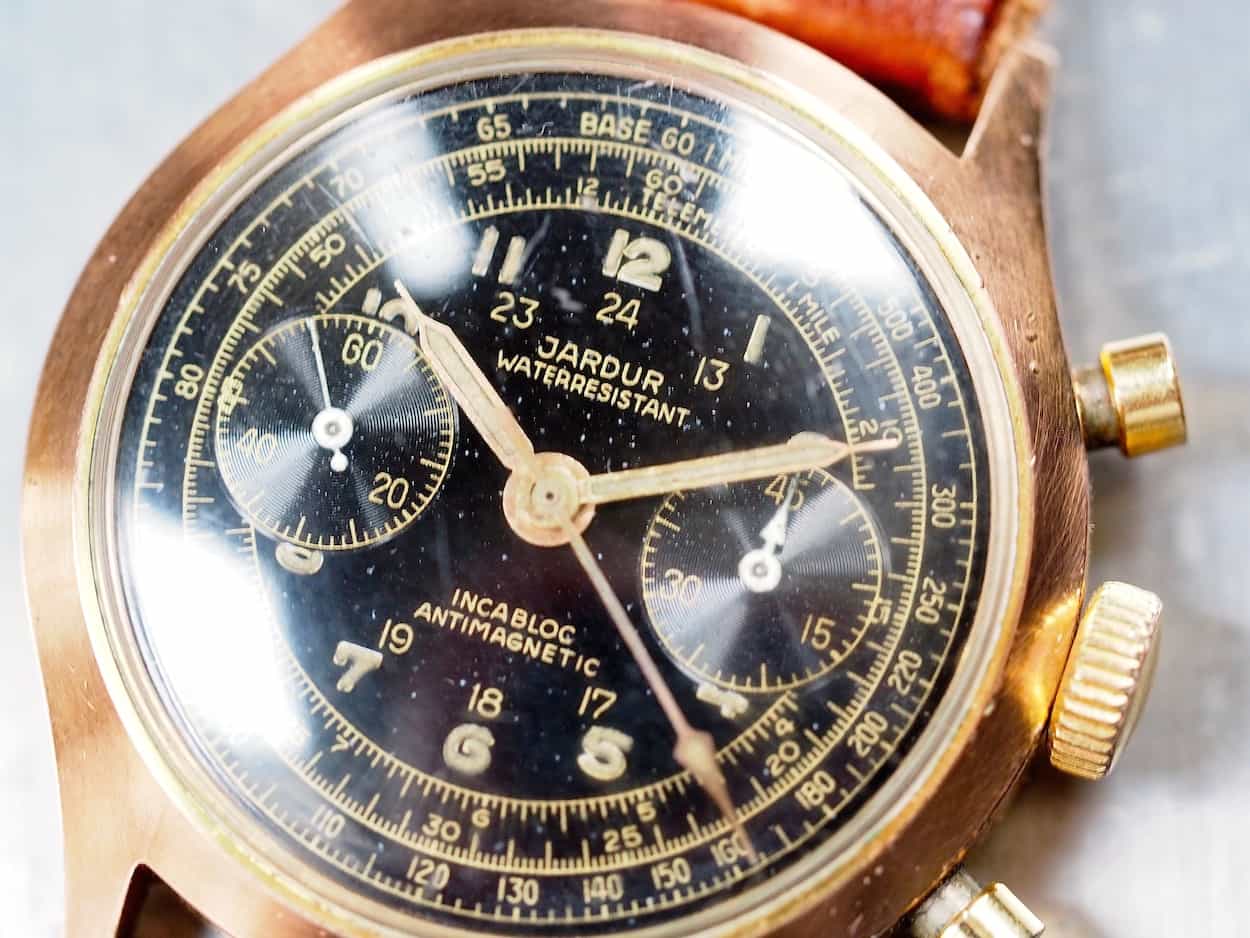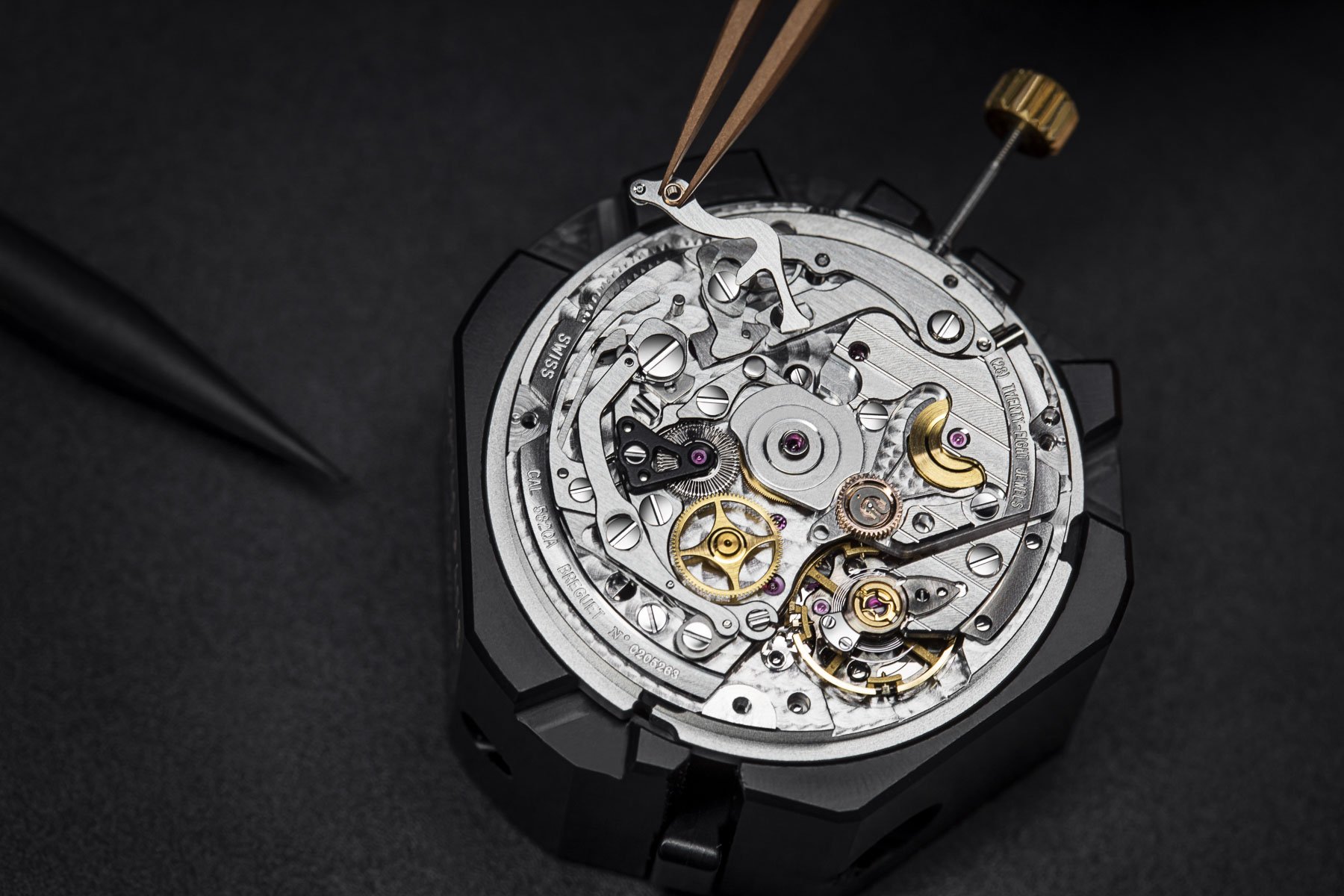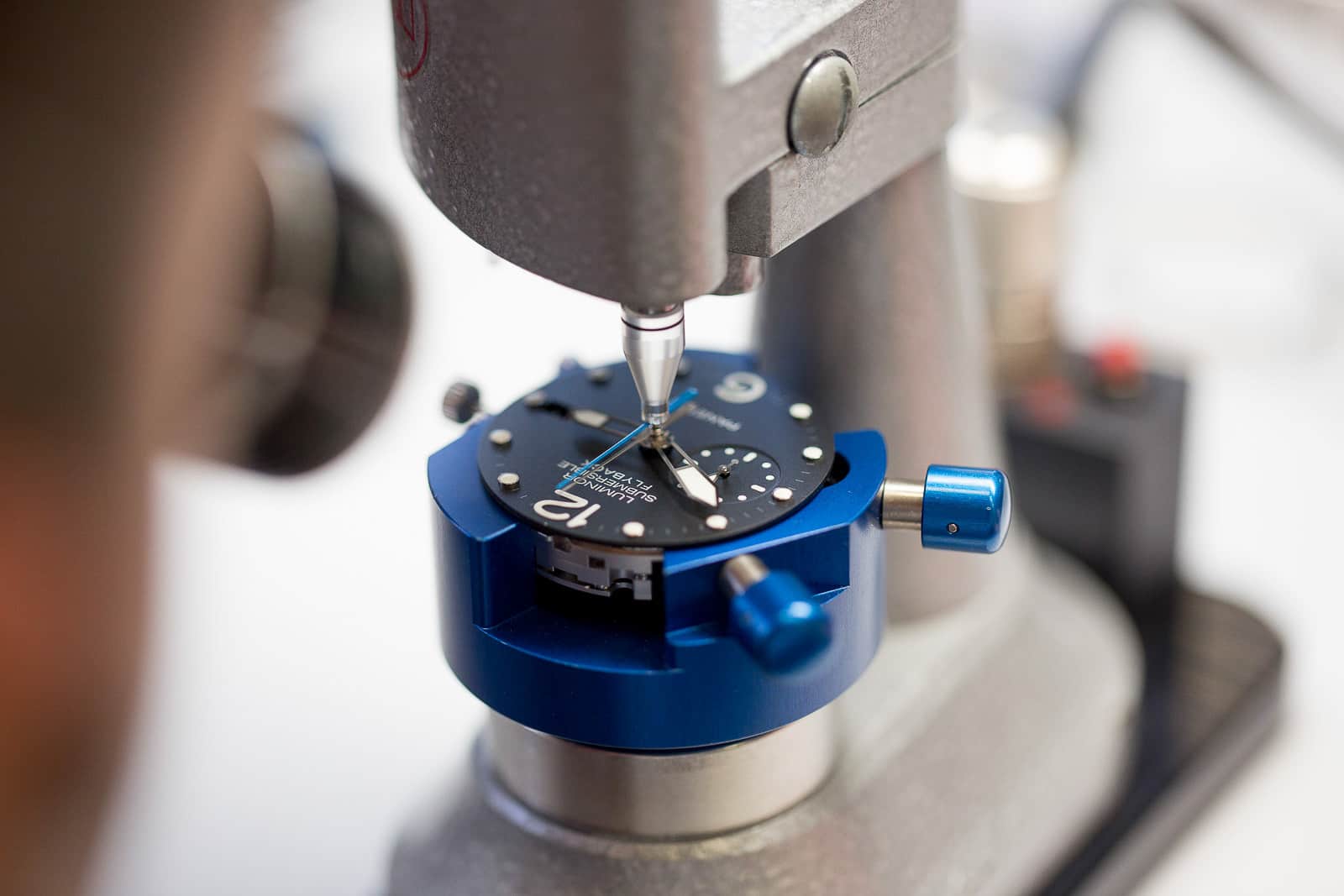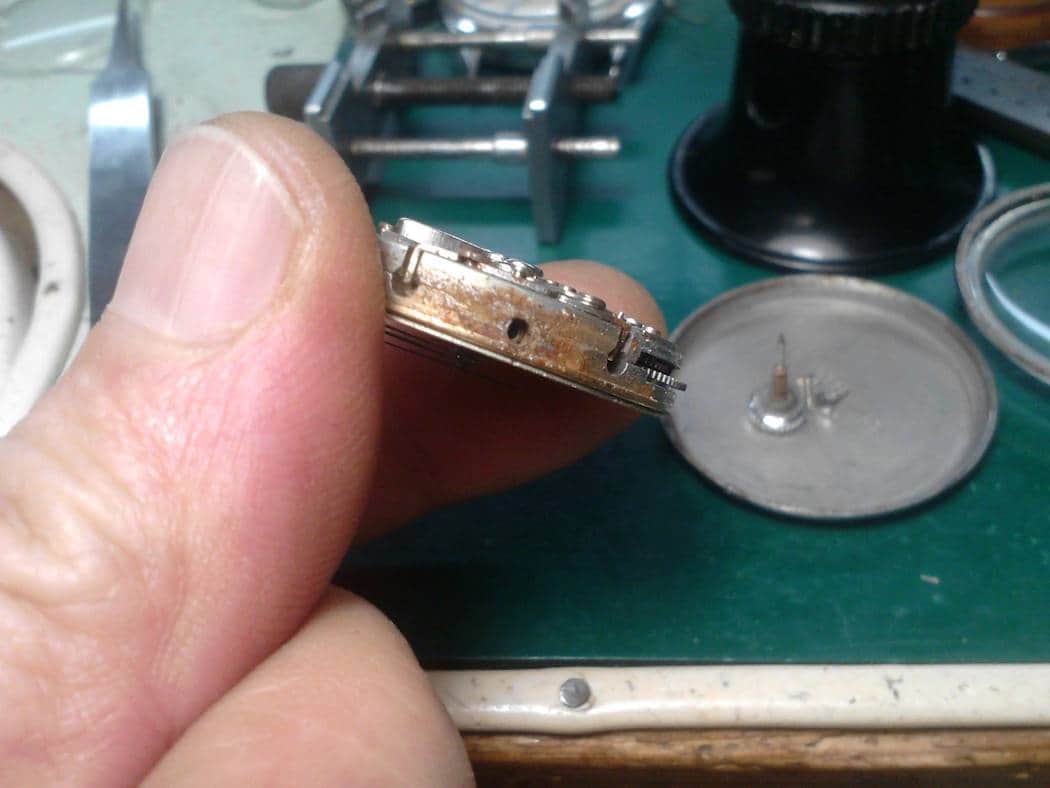You Asked Us: Can Watches Be Repaired?
While the answer to this question is (relatively) simple, exactly how you go about having a repairable watch brought back to life is very important. Chief among them is finding someone you trust to repair your watch…
Theoretically, almost all mechanical watches can be repaired. As I used to say to concerned clients when I was working at the bench, “if it can be made, it can be remade.” As poetically satisfying as that statement was to deliver, it isn’t technically true. While lost machines could be rebuilt (from scratch if necessary), there are things that simply aren’t available anymore. The most obvious example for us, perhaps when it comes to radium lume. What was once commonplace is now banned.
The same could be true of certain animal hides used in strap creation. And so why it is almost always possible to bring a watch back to life, it may not be exactly as it was before.
Cost-effective solutions
But while it is theoretically “possible” to recreate pretty much anything, it commonly makes little economical sense to do so. Certain tools that were used to create certain decorative patterns, or to finish certain external angles on unusual cases may have been lost. Recreating these from scratch is an expensive labor of love and a huge commitment of time that few (if any) watchmakers would undertake without enormous compensation.
“Fixer-uppers” are rarely a wise move in this game.
This is one of the reasons why we always preach quality, quality, quality when buying a pre-loved (or pre-abused) watch. “Fixer-uppers” are rarely a wise move in this game. Yes, you might be able to snare a classic reference at a fraction of its expected price if you go for something that has been battered to high heaven, but if you want to get it restored to the kind of shape that would make that purchase price sound like the steal of the century, then you’re going to have to pay for it.
When buying pre-owned, take your time to study the watch’s condition. Also, it doesn’t hurt to look into the movement and the components it uses. Are they still available? Can you find an example of NOS (New Old Stock) components for the exact reference for sale yourself? If you are serious about collecting a particular type of watch or a certain type of movement, accruing a little nest egg of these parts is not a bad idea. Any watchmaker you go to for advice would certainly appreciate such diligence. And, best of all, it could end up saving you a heck of a lot of moolah in the long run.
Obsolescence hurts
However, there are some types of watches that literally cannot be repaired. Many quartz movements are unrepairable. If the IC (integrated Circuit — the “brain” of the watch) fries, then it is goodnight Vienna. I have personally repaired several vintage quartz models that suffered damage to their coils, by patiently unwinding the copper thread and resoldering it at a different point. Not many watchmakers can be bothered to do this, and it is almost always better to flip the movement for a brand new module that costs just a few Euros. That said, if you’re looking at preserving a watch’s original components and value as much as possible, painstaking repairs can be worthwhile.
…be aware when buying from a very niche maker that aftersales could be a problem…
While many of the more established luxury brands are happy to guarantee customers that they will produce and stock the components to repair their own products for a certain length of time, that is not the case for many smaller brands. Granted, the majority of start-ups and micros use stock movements with readily available components (or, at least, compatible components from other brands) so that is less often an issue. But do be aware when buying from a very niche maker that aftersales could be a problem should the company experience difficulties. Again, it is likely that someone, somewhere could remake a component that was no longer in production, but these things are worth considering before pulling the trigger on a purchase.
Be mindful of what you’re buying
Watchmaking is an expensive hobby. Buying luxury watches is a rare habit. With that rare habit must come a rare level of awareness. That is assuming you wish to navigate this often confusing landscape successfully. When you buy a luxury watch, you are not just committing to the purchase price. You are committing to its upkeep for the duration of your ownership. This is an essential part of the transaction agreement. You can not ignore this fact.
General advice suggests having your mechanical watch serviced every 3-5 years. Depending on operating frequency and usage, that could be extended. However, it should not be ignored. It is better to catch a problem early rather than late. Especially if you leave something so long that repair is no longer possible. Or, at least, straightforward…
Ask questions. Do not be afraid to grill the seller. What guarantees does the company make? Are there provisions in place should the brand go out of business? What happens if the supply chain breaks down? Are the components compatible with other well-known brands’ products? Can the seller recommend a specialist capable of fixing any problems the watch may experience?
And if you are ever unsure, pause. Engage with the community on Fratello.
Know your product. Know your seller. And understand the route to repair before you buy. Nobody likes nasty surprises. If you equip yourself with the right knowledge before you commit to purchase, hopefully, your ownership experience will be a good one. And if you are ever unsure, pause. Engage with the community on Fratello. Reach out to us and your fellow watch lovers. Chances are, someone has been in the same boat at some point. And we are always happy to help where we can.
Follow me on Instagram @robnudds.





